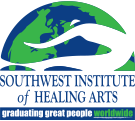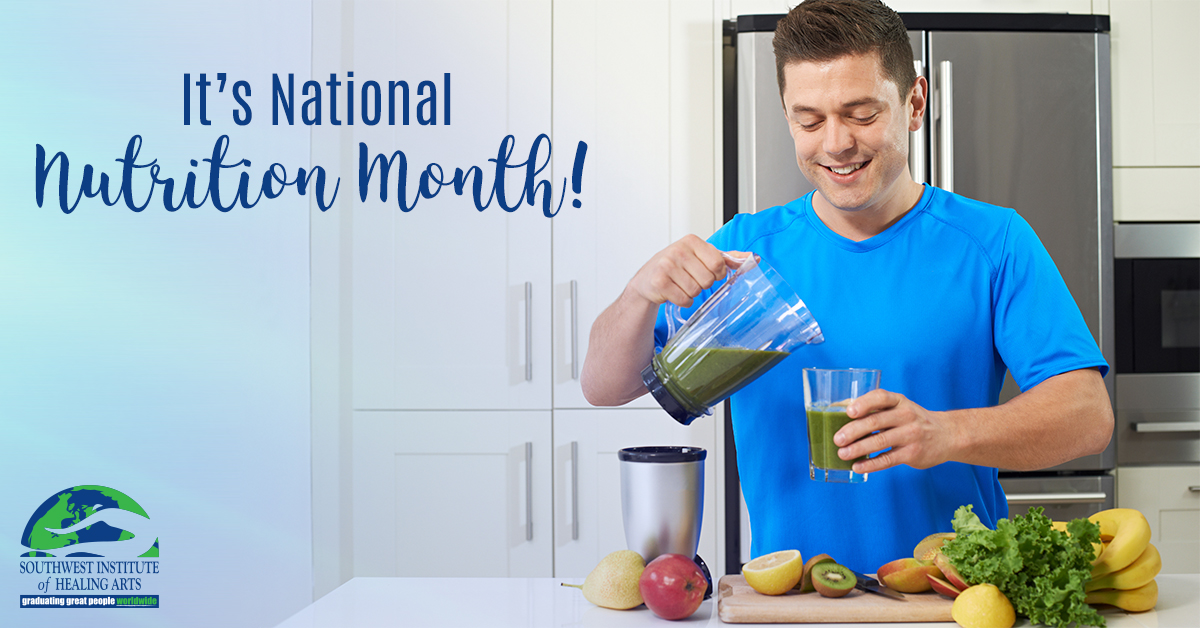Superfoods are low-calorie, nutrient-dense and full of fiber foods which are high in antioxidants and help fight free radicals in your system. Many even contain essential fatty acids, like omega-3, -6, -9, and hard-to-find omega-7. While the idea of a ‘superfood’ is a modern concept, they are mostly ancient root vegetables, fruits, and even fungus and algae.
In honor of National Nutrition Month, we will be exploring some of the trending superfoods and how to incorporate them in to your diet. As an exciting bonus: all the foods on this list are vegan and gluten-free!
Chaga Mushrooms
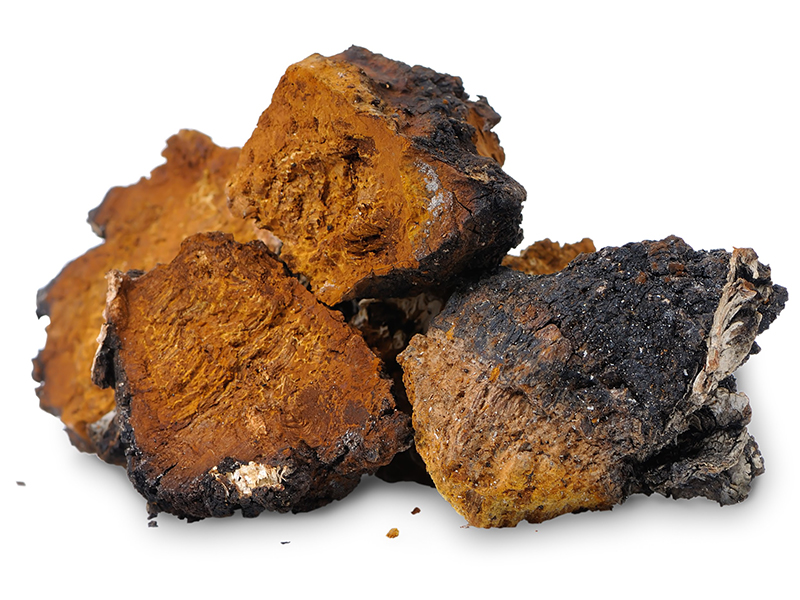 Meet the free-radical fighting fungus!
Meet the free-radical fighting fungus!
Chaga is a type of mushroom that is found growing on birch trees in temperate forests around the world. Historically, it was used in folk medicines in East Asia to treat liver, heart and gastric issues.
Chaga contains beneficial properties such as polysaccharides, betulinic acid, inotodiol and betulin. Studies on cell cultures of Chaga show that extracts contain antioxidant properties, are anti-inflammatory, and benefit the immune system.
Chaga is typically ground in to a powder and brewed in to a tea or along with coffee. Liquid extracts also exist that can be taken as a supplement. Consistent, daily use is believed to balance alkalinity in the body, improve R.E.M sleep and regulate blood sugar.
Watermelon Seeds
 Need your crunchy snack fix? Watermelon seeds may be the healthiest option yet!
Need your crunchy snack fix? Watermelon seeds may be the healthiest option yet!
A handful of watermelon seeds contains approximately 20 calories, but it’s impressive qualities don’t end there. A small serving contains notable amounts of magnesium, iron, folate, mono- and polyunsaturated fats. They also are rich in micronutrients such as potassium, copper, selenium, and zinc--all of which are typically difficult to obtain in an average diet.
To roast your own seeds at home:
● Gather firm black seeds from a watermelon and rinse them thoroughly
● Spread seeds on a cookie sheet and allow them to dry, preferably in direct sunlight
● Toss them with your preferred oil and roast at 320 degrees fahrenheit for fifteen to twenty minutes
● Store in an airtight container for up to six months
Chlorella
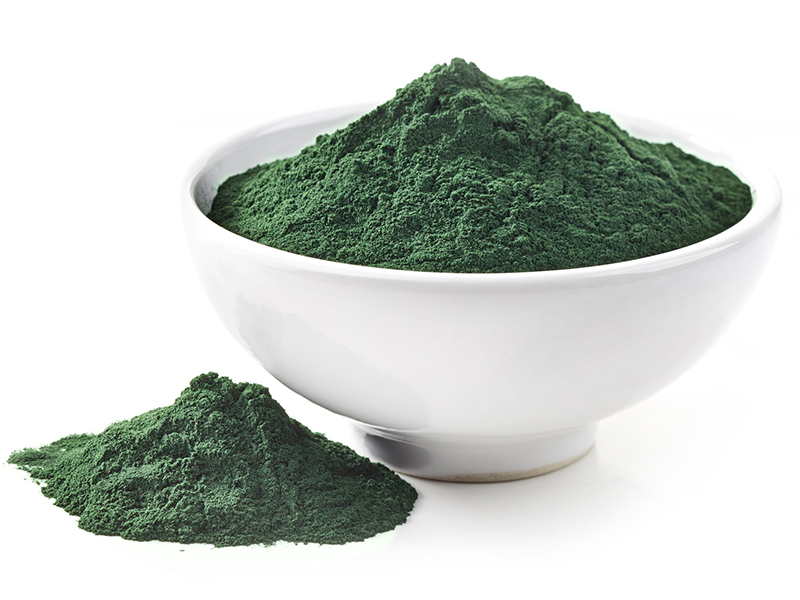 This nutrient-dense algae was the first whole food to be studied and sent to space by NASA! Chlorella is far from futuristic, however; at more than three billion years old, it’s one of the oldest known living foods.
This nutrient-dense algae was the first whole food to be studied and sent to space by NASA! Chlorella is far from futuristic, however; at more than three billion years old, it’s one of the oldest known living foods.
Chlorella is a single-celled, freshwater algae is native to Japan and Taiwan and full of protein, dietary fiber, antioxidant, B12 and Iron. It’s striking green color comes from it’s Chlorophyll content, which has been studied for its anti-aging, cancer-fighting and healing properties.
The recommended serving of Chlorella is 2-3 grams per day. Its powdered form can be added to smoothies, yogurt, salad dressings, oatmeal or even baked goods.
Rainier Cherries
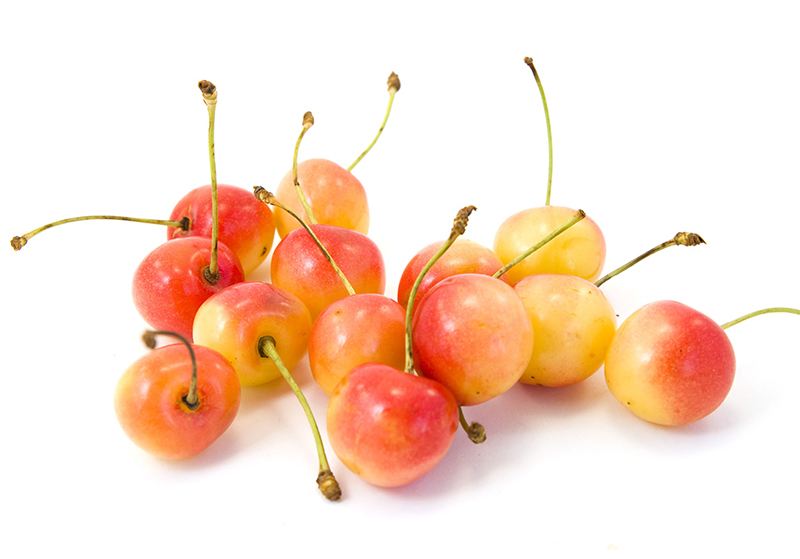 Rainier Cherries are grown in he Pacific Northwest during summer months and Chile during the winter months, making them a perfect year-round option for a sweet tooth!
Rainier Cherries are grown in he Pacific Northwest during summer months and Chile during the winter months, making them a perfect year-round option for a sweet tooth!
These fruits are a nutritional gold mine, with one cup of Rainier cherries containing only ninety calories and high amounts of bioactive anthocyanins, iron and melatonin. Despite containing sugar, Rainier cherries also boast phytochemicals, which have been studied for their glucose-lowering effects. Studies also suggest that cherries possess the ability to reduce muscle pain and weakness.
While obviously delicious on their own, Rainier cherries can also be added to smoothies, turned into juices or vinaigrettes or even dried and added to granolas, oatmeals, and yogurts.
Learn to Approach Nutrition from a Holistic Viewpoint
Americans are more health-concious than ever, and are increasingly seeking the guidance of Nutrition coaches to create customized diets and meal plans for their specific needs and concerns.
SWIHA’s Holistic Nutrition Specialist program is ideal if you’re seeking to make the healthiest food and lifestyle choices for themselves and develop a meaningful and successful business helping others do the same. Our 200-hour certificate, available Online and On Campus, focuses on:
● Comprehensive understanding of various macro-nutrients and micro-nutrients, the role they play in the body, and the best food sources to achieve optimal health.
● Breaking the diet mentality and replace it with healthy eating behaviors.
● Evaluating the most common dietary systems throughout the world.
● Exploring whole and raw food principles, including nutrition perspectives and theories, simple cooking techniques, and easy-to-prepare recipes.
● Learning to integrate and apply these essential, holistic nutrition principles in a client coaching setting by assessing and coaching clients with dynamic health goals.
